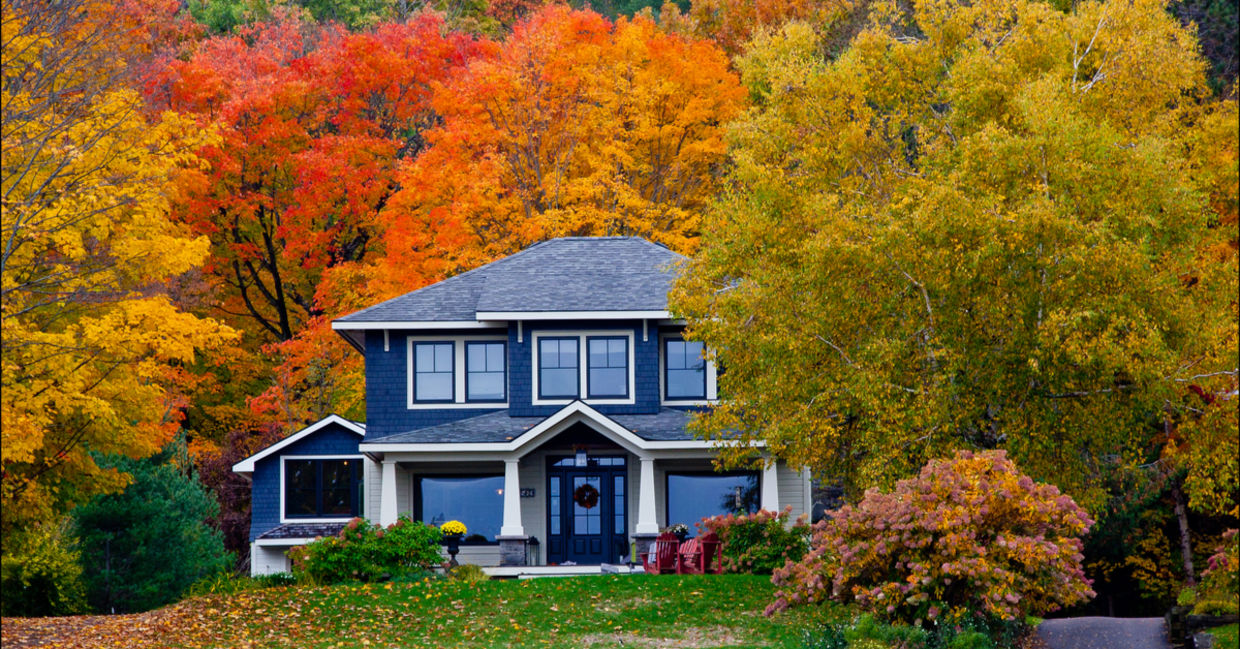
(Amit Khoje / Shutterstock.com)
The temperature is dropping along with the leaves which means winter cannot be far behind.
The best time to get your home energy-ready is now. You don’t have to make costly home improvements or go out and buy all new energy efficient appliances. It’s easy to reduce energy use without spending a lot of time or money.
Most of the items on our energy tune-up are free or pay for themselves by lowering the cost of heating your home and your electric bill. Some of them are absolutely free. Some things are no-brainers like turning lights off, unplugging unused electrical appliances, running a full dishwasher load, and washing clothing in cold water.
We've compiled a list of 15 tune-ups that will keep your family warm, save you money, and help save the environment. Whatever you decide to do, do it smart and get a tax credit for making your home more energy efficient if it applies where you live.
1. Use the sun for free heat
Open shades to let the sun warm your home and close them at night to keep the cold out. This passive energy tip costs you absolutely nothing.
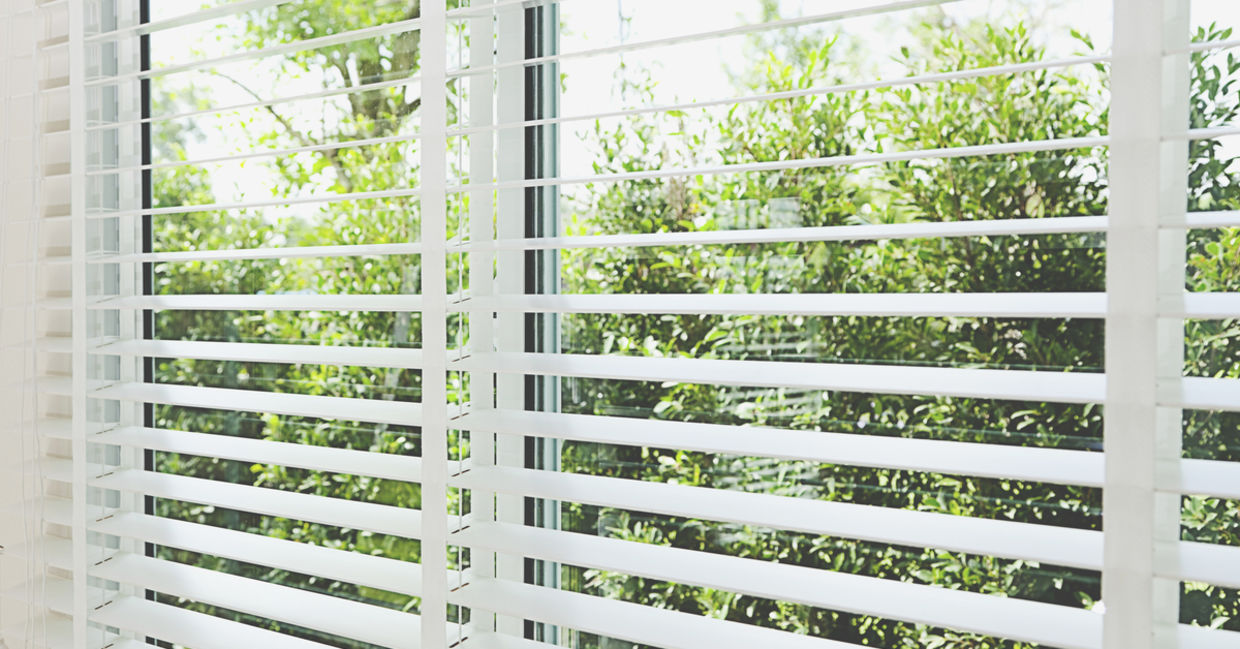
(Ben Bryant / Shutterstock.com)
2. Use a programmable thermostat
This will automatically turn your heat to a lower temperature at night or anytime that heat is not needed. Some programmable thermostats will let you set a weekly schedule. A programmable thermostat will save you over $100 a year if you live in a cold climate.
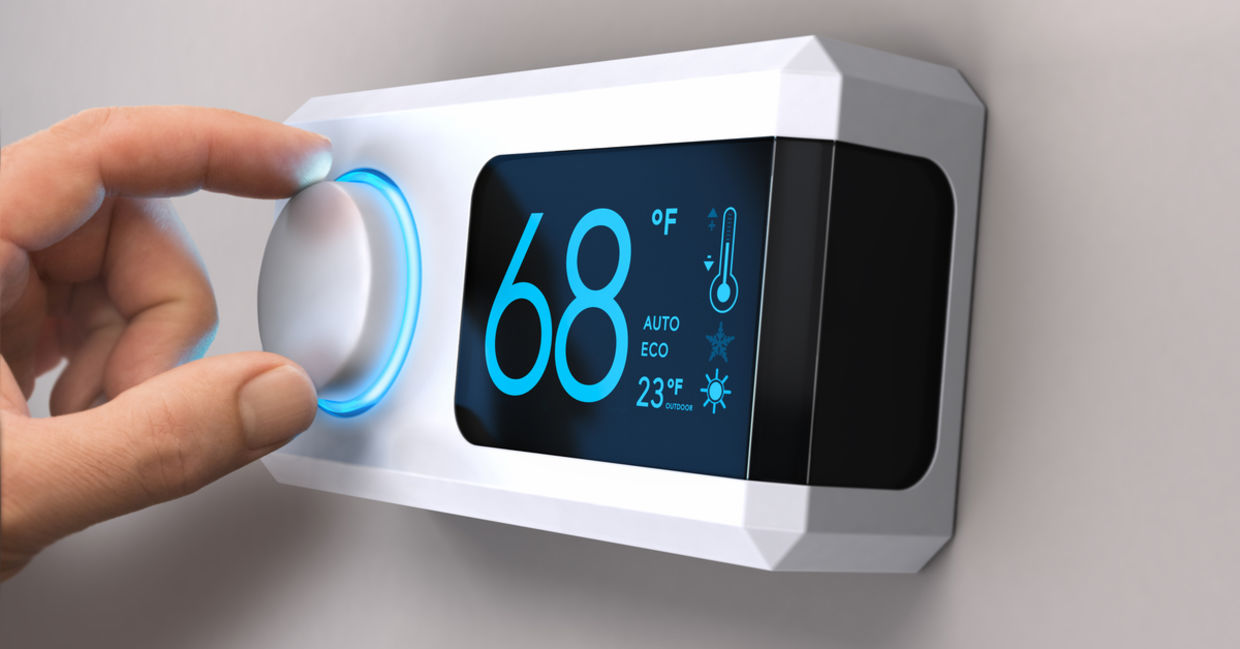
(Olivier Le Moat / Shutterstock.com)
3. Bundle up
Put on extra layers of clothing. Use a hot water bottle to warm up your bed; it’s cheaper to use than an electric blanket.
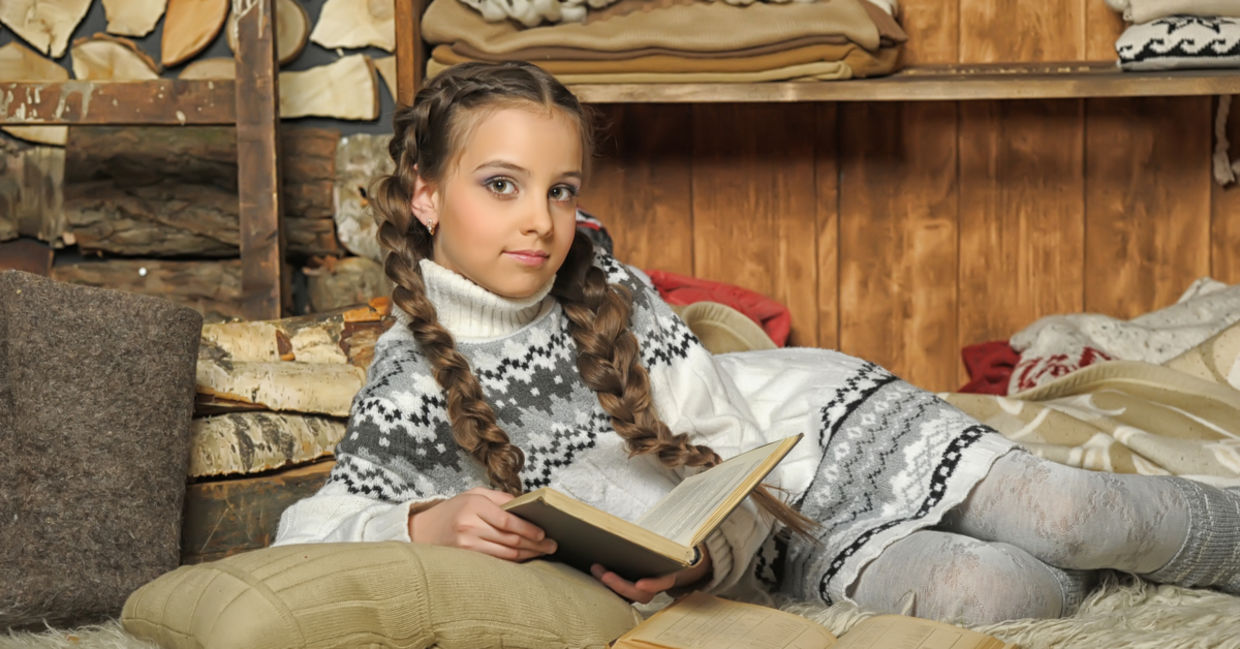
(Evdoha_spb / Shutterstock.com)
4. Only heat the rooms you use
Close the vents or turn off the radiators in the rooms you use less frequently. You only need to heat the rooms you use.
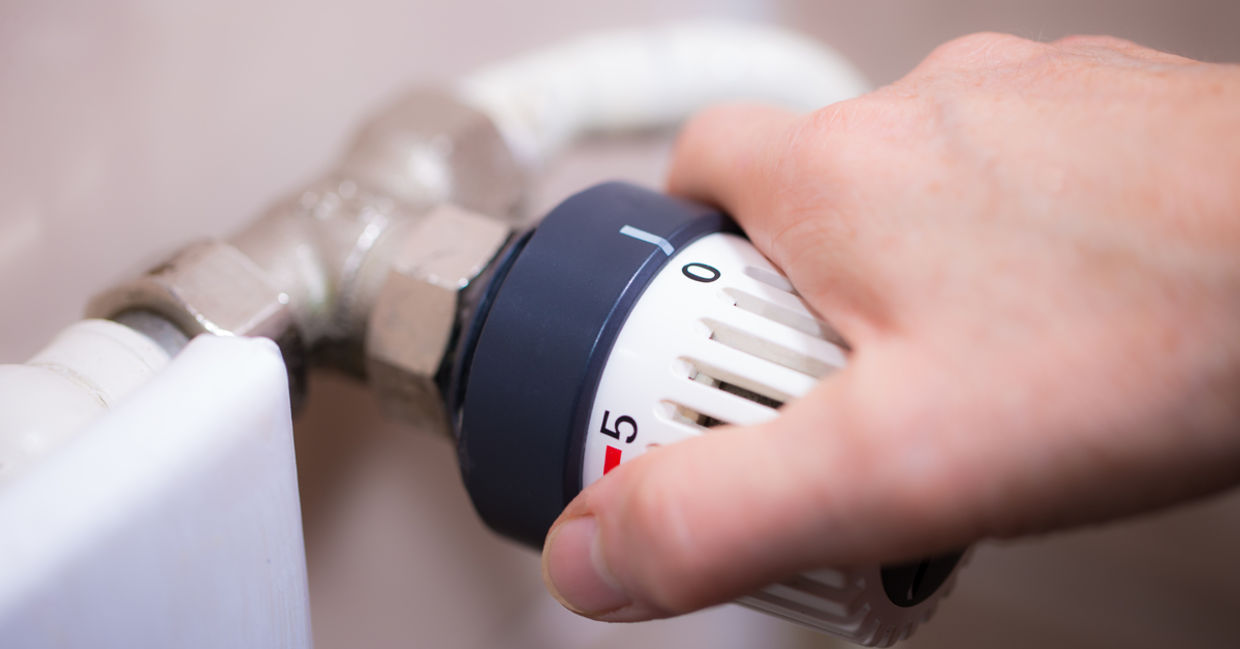
(Rainer Fuhrmann / Shutterstock.com)
5. Humidify your home
Humidified air feels warmer, so you can turn your thermostat down and save energy costs. Humidified air also has the added benefit of making you feel more comfortable and can help reduce scratchy throats and winter dry skin.
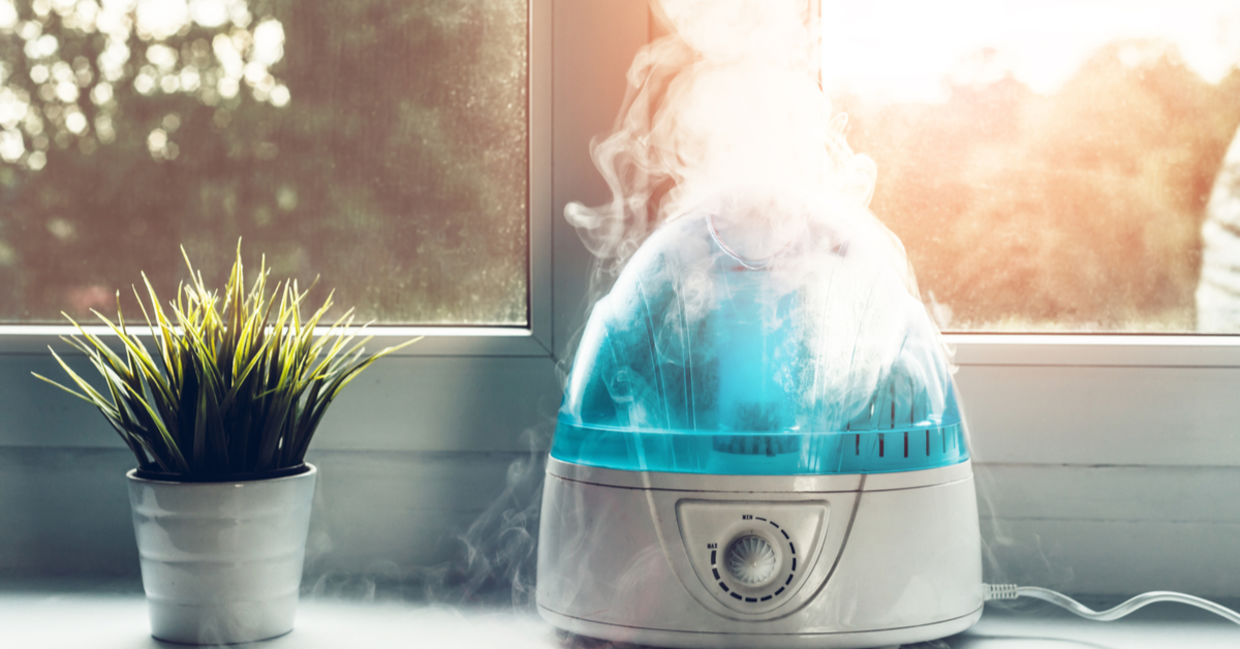
(BOKEH STOCK / Shutterstock.com)
6. Use ceiling fans
This is a great way to cut energy costs in all seasons. Set your fans to spin clockwise in the winter to circulate the warm air and you can turn your thermostat to a lower setting. Using ceiling fans can save up to 10 percent on your heating bills.
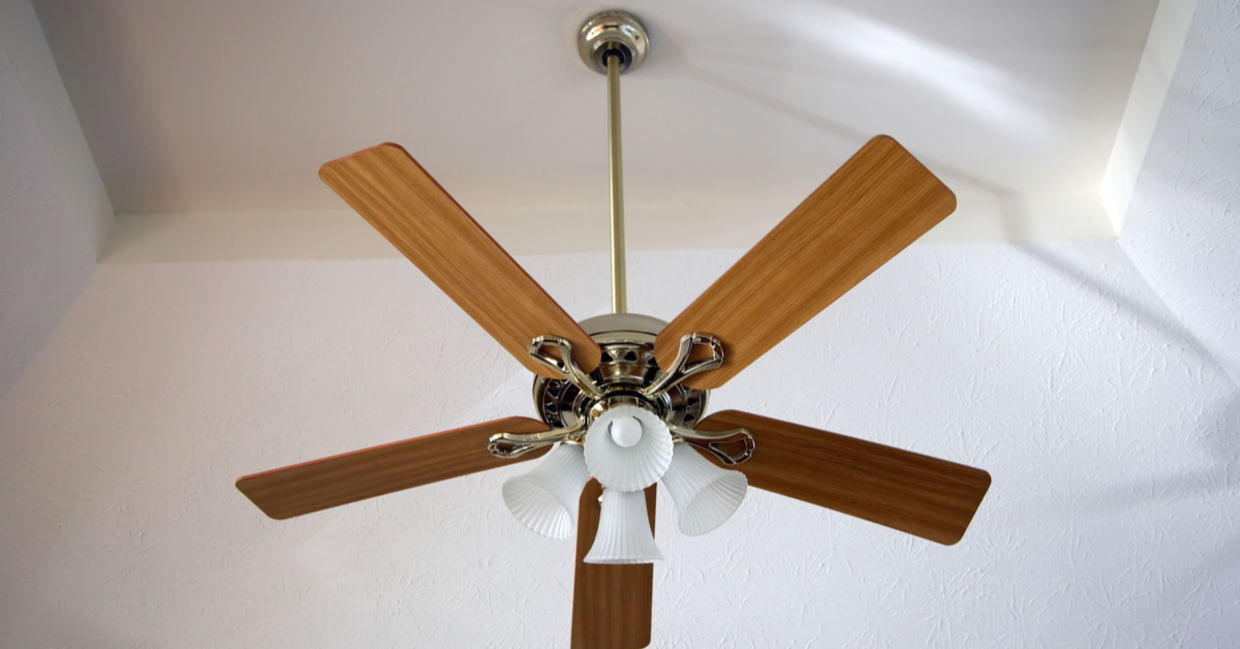
(Amy Walters / Shutterstock.com)
7. Keep your furnace clean and well maintained
Call a licensed furnace expert to do a pre-winter check on your furnace. Some fuel oil contracts do a yearly check for free. Clean or replace the filters in your furnace; Energy.com recommends that you do so every three months.
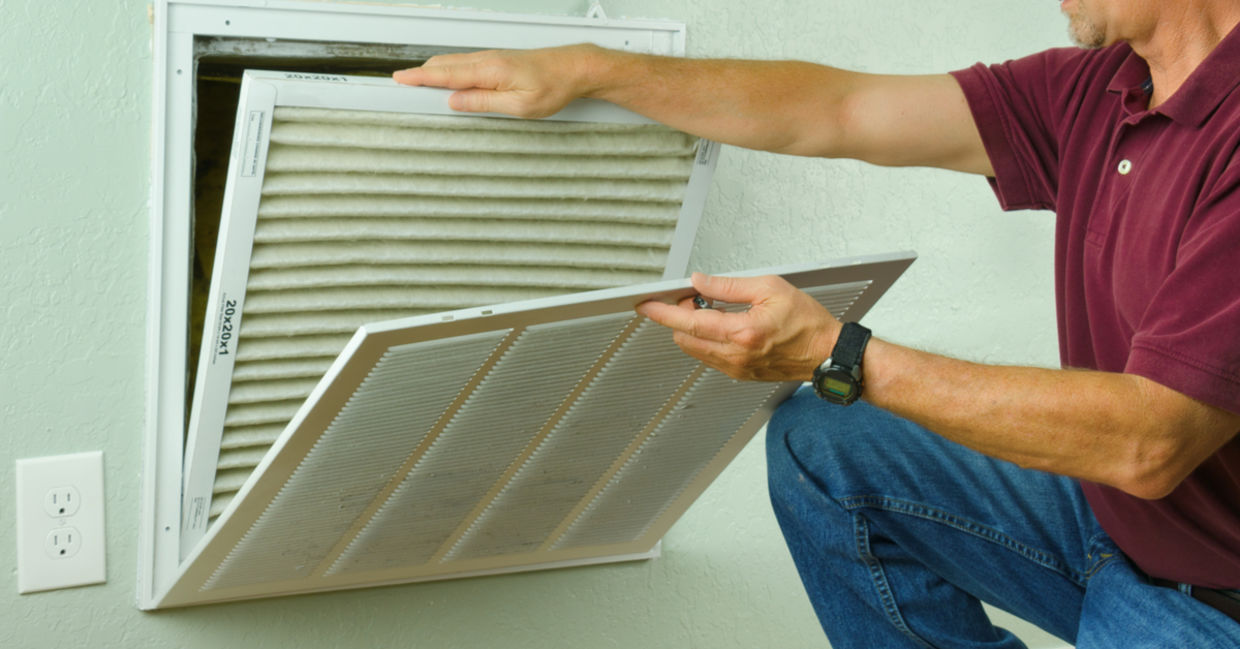
(Mike Focus / Shutterstock.com)
8. Wrap and insulate your ductwork
You can lose 20-30 percent of the warm air if you have leaks in your duct work. Seal your ducts with duct mastic (an acrylic sealer) or duct tape.
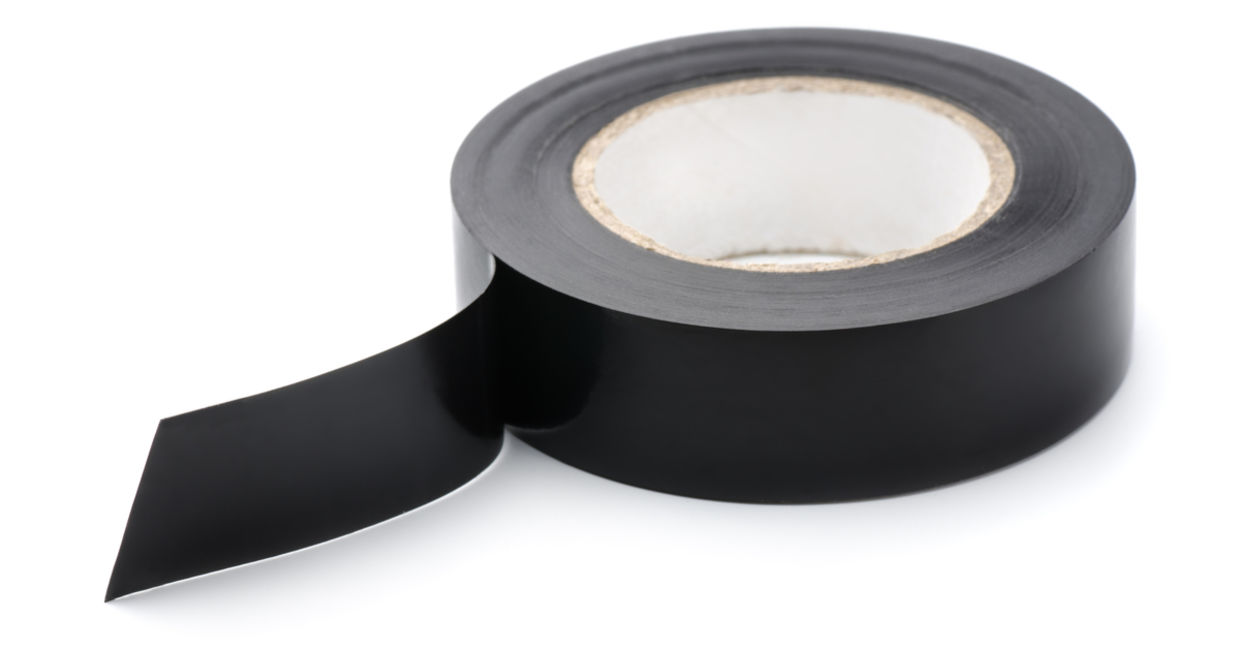
(Anton Starikov / Shutterstock.com)
9. Seal your house
A leaky old house cost more to heat. Weatherizing by sealing those leaks can save you 30 percent of your heating and cooling costs. Make sure there are no cracks between your walls and vents, your windows and windowsills, plus any other wall openings. Caulk any openings you find and apply weather stripping on your windows and doors.
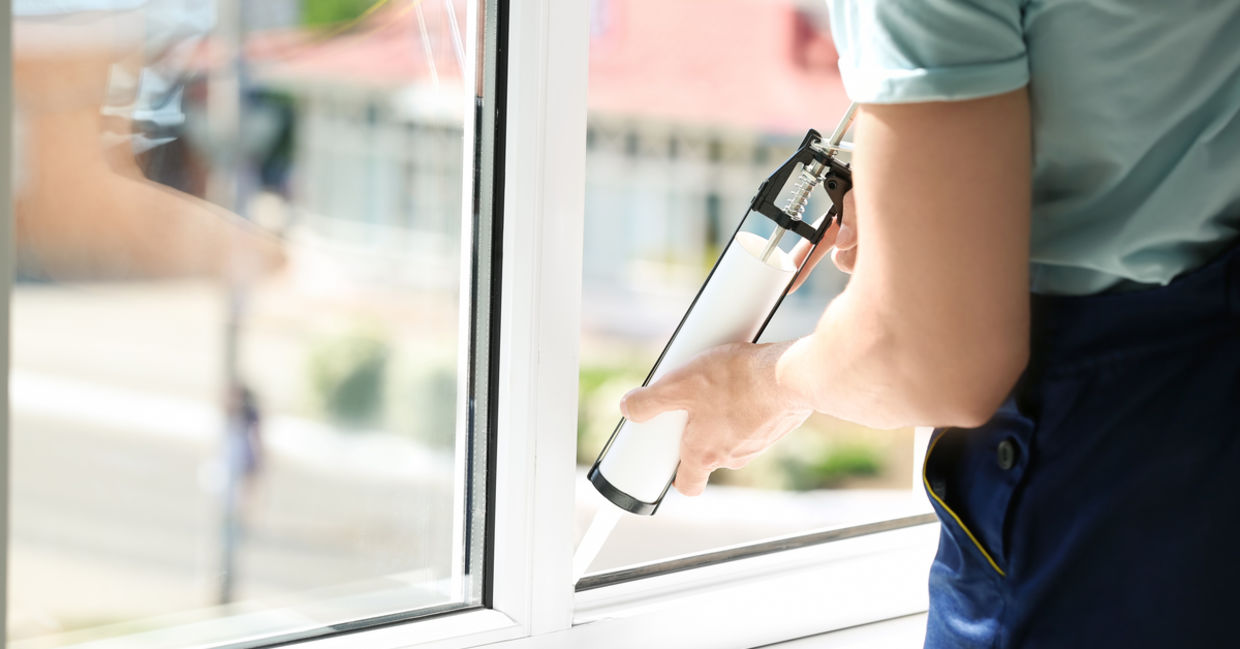
(New Africa / Shutterstock.com)
10. Add insulation to your home
Insulation keeps heat in during the window. How much insulation and the R rating you need depends on where you live and what part of your house you are installing it in. You can use the home energy saver tool to see what you need. You should add insulation to your attic, walls, and basement or crawl space.
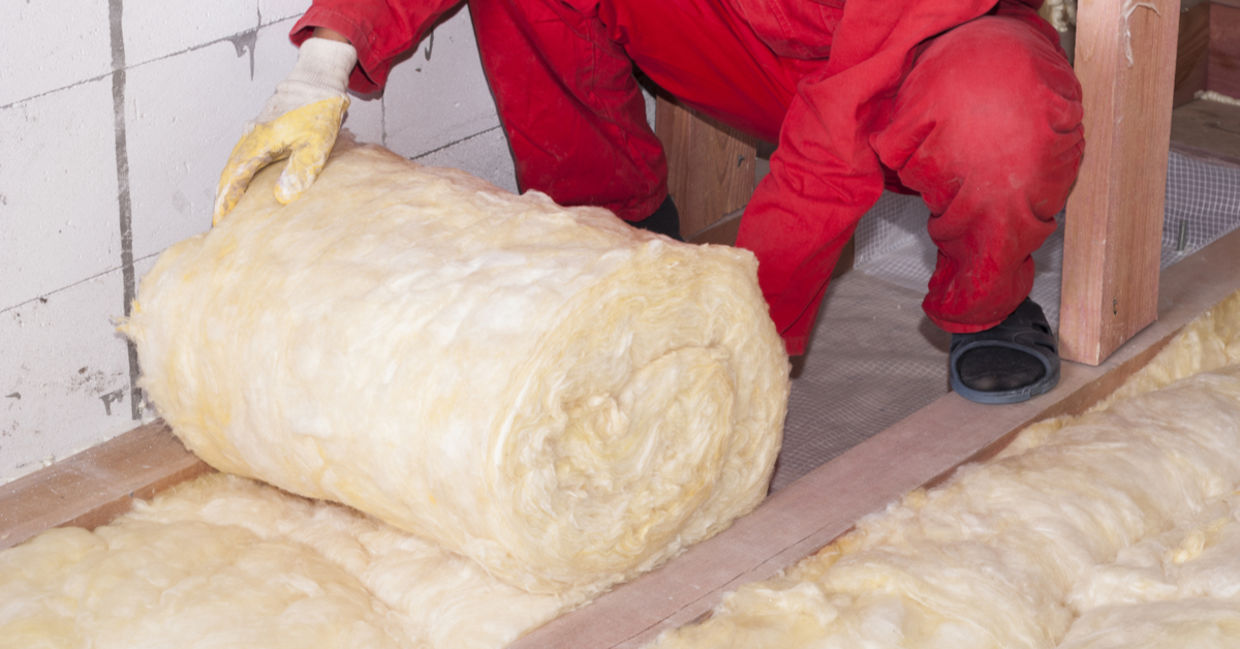
(Kuchina / Shutterstock.com)
11. Make your windows more energy efficient
Windows are the largest source of heat loss. You don't need to replace old windows. You can make them more energy efficient by adding a second pane of glass or storm windows (interior or exterior) in colder climates. Adding high quality thermal window tinting film to reflect up to 40 percent of heat back into a room. You can also use thermal window shades to cut heat loss.
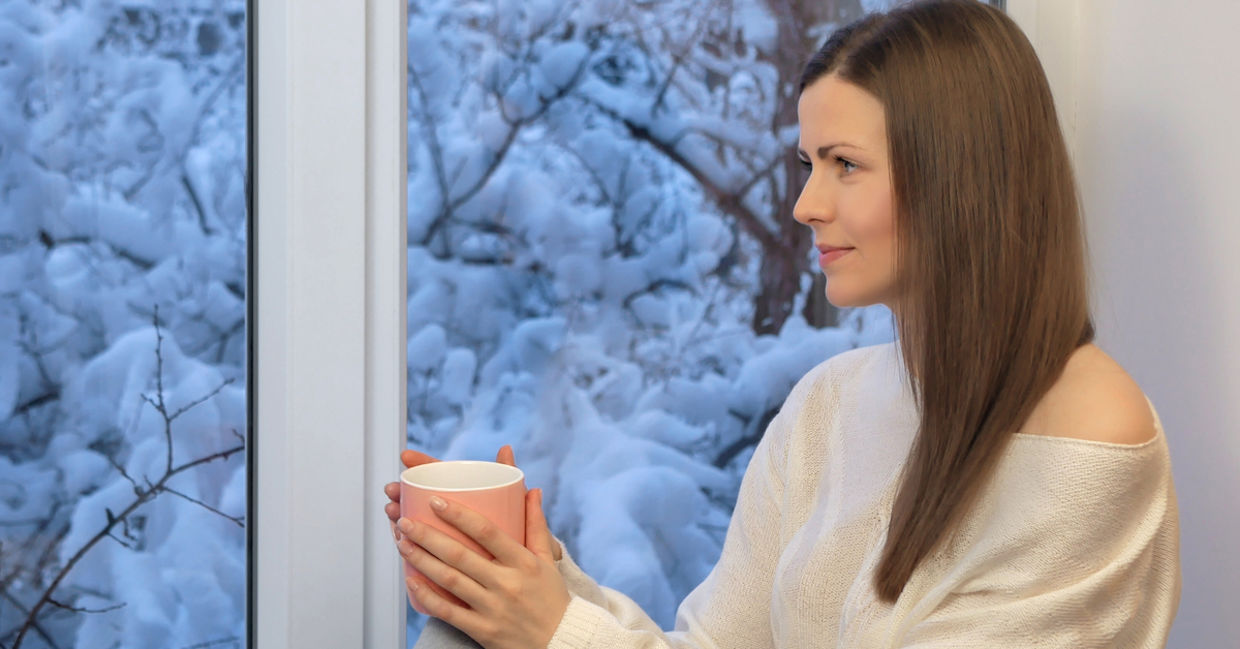
(Lurii Motov / Shutterstock.com)
12. Reduce the amount of hot water you use
Water heating is a major part of your total energy consumption and cost. You can take short showers instead of baths, water timers, and you can use a water reducing shower head. You should lower the thermostat on your water heater. Insulating your water heater with a water heater blanket and wrapping your pipes will keep the water hotter longer and save you money.
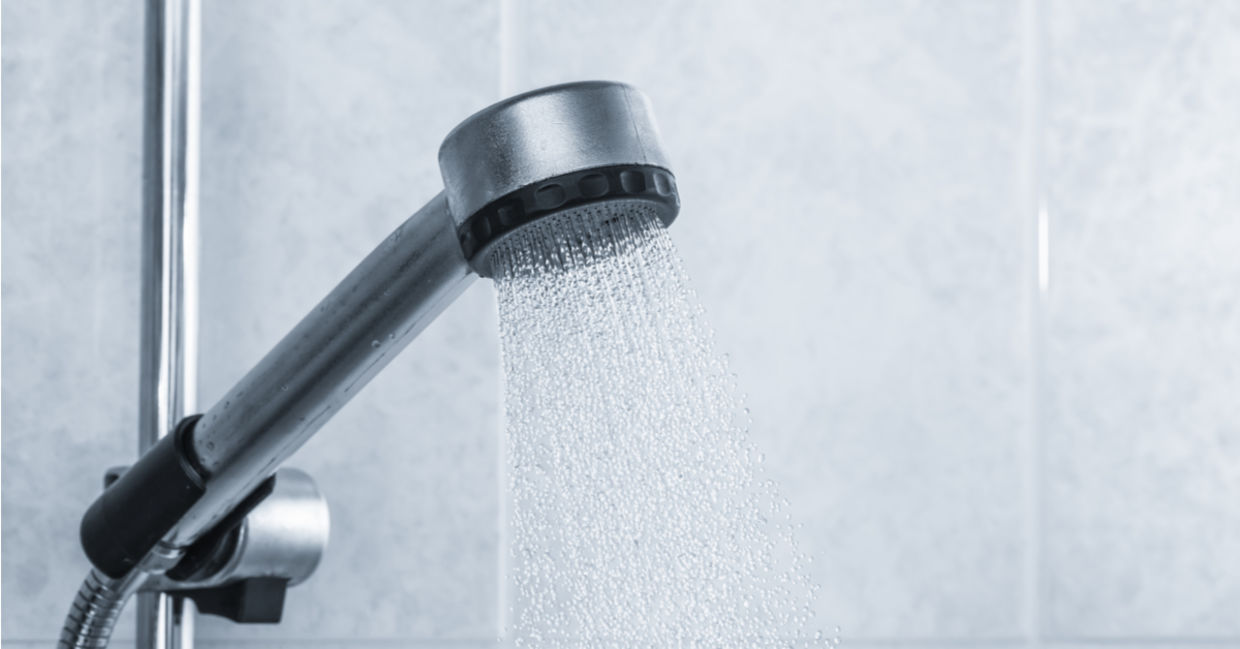
(Magnetic Mcc / Shutterstock.com)
13. Lower your lighting costs
It gets darker earlier during the Winter, so you will use lights longer. Replacing filament bulbs with CFL or LED energy efficient bulbs will more than pay for themselves in energy savings. Turning off lights also saves money.
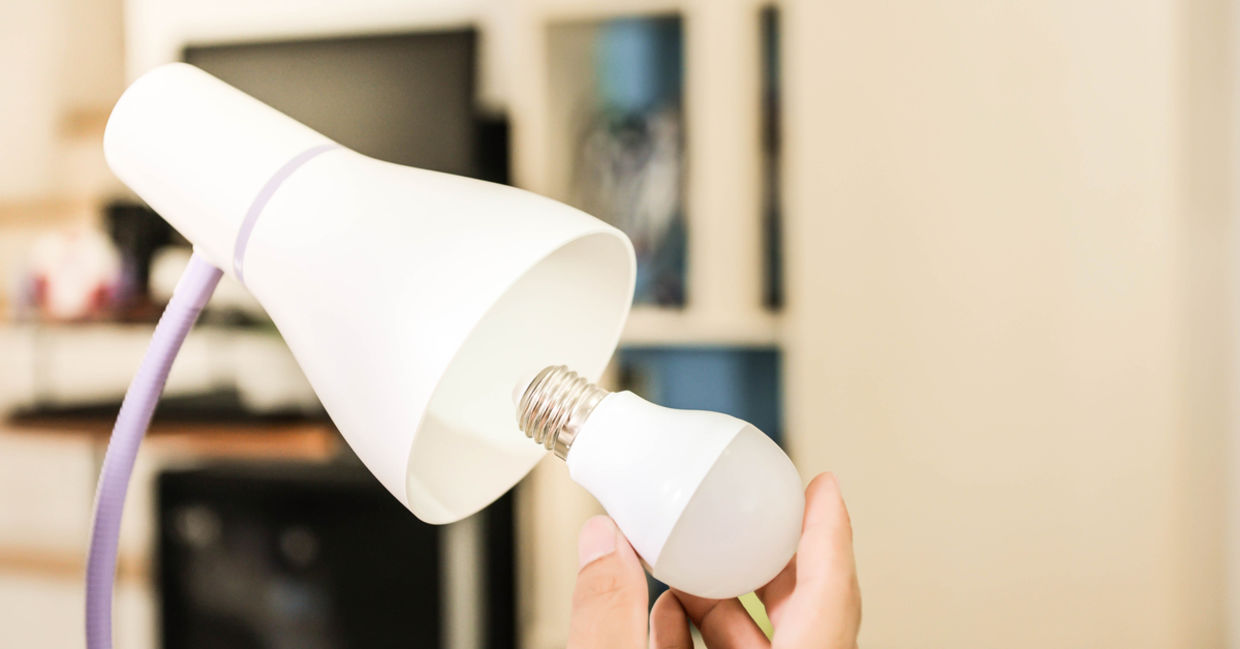
(Jari Hindstroem/ Shutterstock.com)
14. Cut your holiday lighting costs
Use LED holiday light strings to reduce the energy costs for the winter holidays. You can also put your lights on timers.

(Lucky Business / Shutterstock.com)
15. Get an energy audit
A qualified energy auditor has the necessary skills and tools to evaluate your home and recommend cost-effective methods to tune-up your home. In the US, there are Home performance with Energy Star programs in some regions that you can take advantage of.
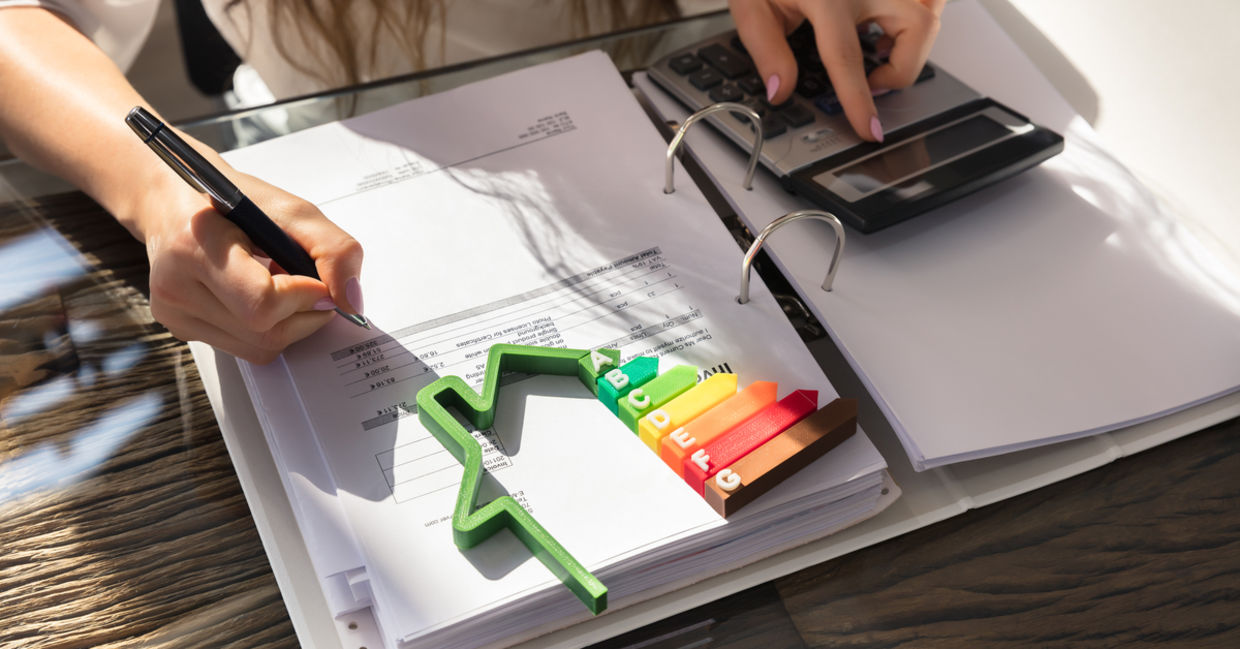
(Andre_Popov / Shutterstock.com)







